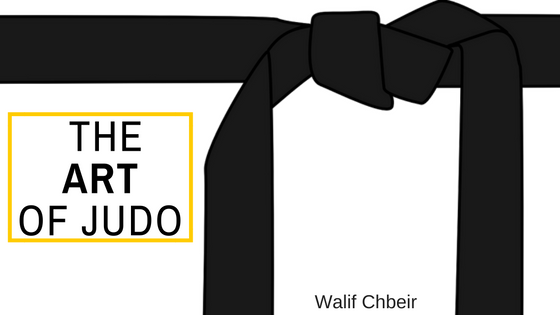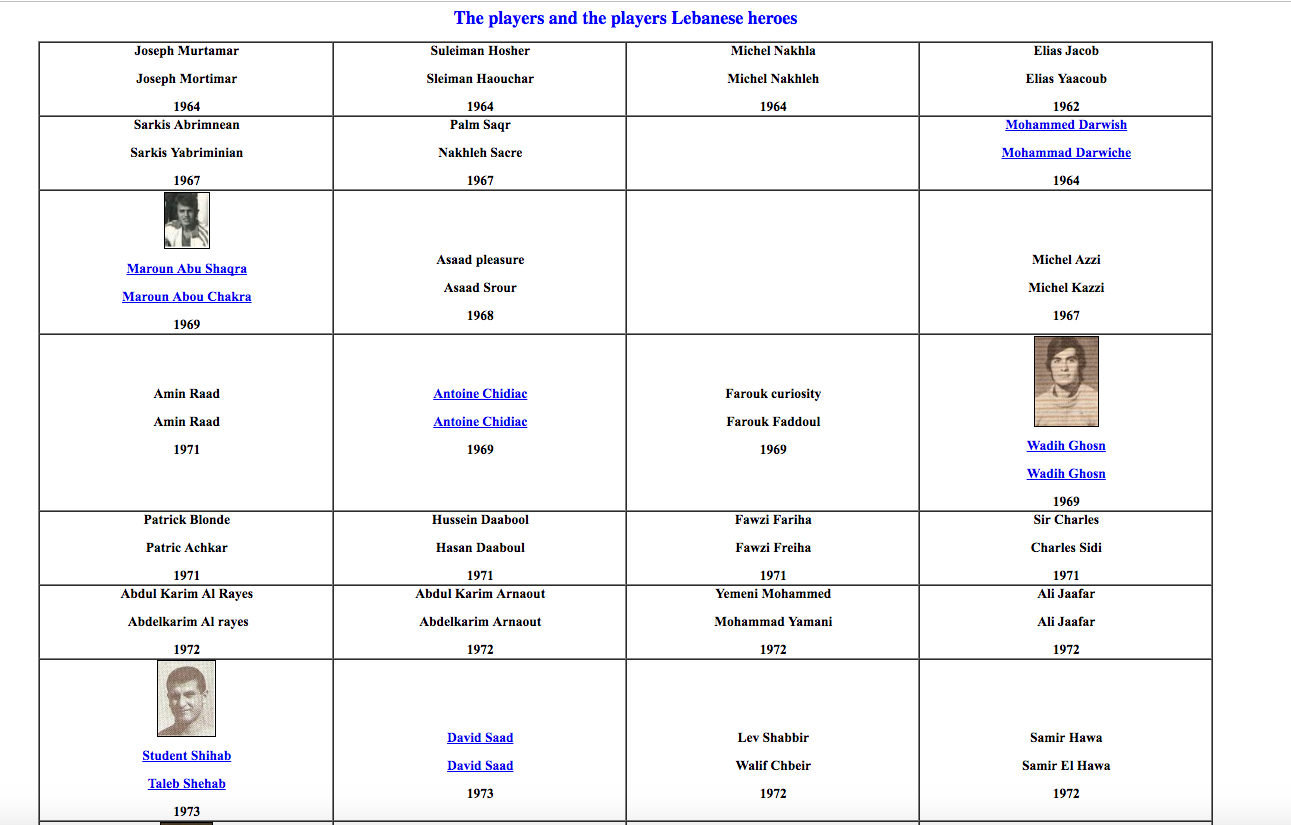
Competitions of Art
We have art galleries around the world, the purpose of which are to allow us to appreciate the time and effort so many talented people have put into perfecting their latest creation.
There are dance competitions held every day, as competing individuals (or couples) square off against one another, putting on display their grace, elegance and mastery of dance on display.
And there are, of course, martial arts competitions. Few people consider something like wrestling a form of “art,” many more would contend that it’s a sport instead. However learning more about judo sheds insight into how much of a work of art each competition can really be.
The “Gentle Way”
Originating in Japan in the 1880s, judo was originally created by Kanō Jigorō (also frequently called Shinnosuke Jigorō or Jigoro Kano) as a similar, yet distinct form of martial art based on the ancient techniques of jujutsu. Translated from Japanese, “Judo” literally means “gentle way,” which points to the central tenets of judo as an art, self-defense technique, form of exercise, and way of life. Although it may be difficult to imagine a martial art form being perceived as “gentle,” the techniques of judo are indeed based around this principle.
When developing his technique, Kano prioritized the fact that gentle, calm and quick hands would leave to maximum success in applying the martial art. He also believed that judo could be applied outside of the realm of simply attacking and defending in combat–Kano wanted his martial art to be used as a complete physiological technique that would align one’s mind and body as well.
Minimum Effort, Maximum Efficiency
Judo is based on the principle that one does not need to be the biggest, strongest or the best fighter to reign supreme. While normally giving minimum effort is not advisable in most situations, it is encouraged in judo. The technique involves a large part of balance, movement and flexibility to ensure that takedowns and grappling is done as efficiently as possible–why exert a large amount of energy and stamina attempting to subdue an opponent when it can be done with much less effort?
Judo in Life
The principles and teachings of Judo don’t just apply to martial arts–they applies to life as well. Learning Judo involves patience, a strong character, work ethic and a truer understanding of your own body, your capabilities and your potential. It involves morals and ethics that you may not get learning other forms of hand to hand combat. Judo involves striving for perfection, and doing so efficiently. While it may seem silly to say that a martial art form can prepare you for later in life, as someone who has practiced Judo in the past, I can say for certain that judo is an art form that should be appreciated and studied if you have the opportunity.

